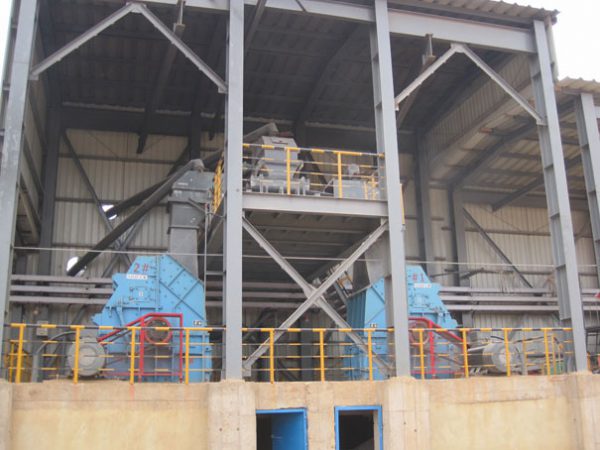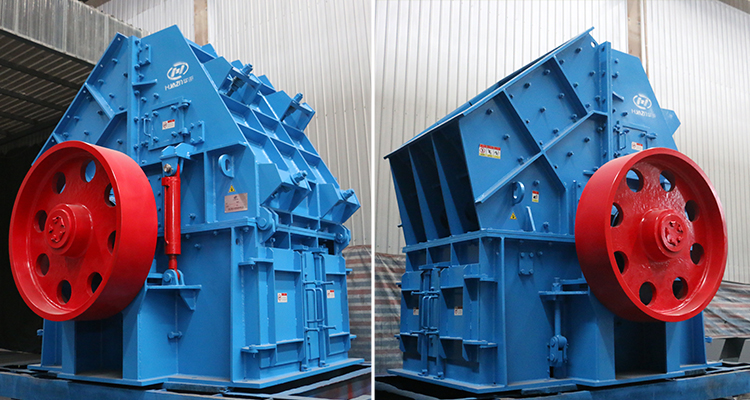Crushers are widely used in mining, metallurgy, chemical and other industries. The emergence of crushers has solved the problem of material handling and greatly increased work efficiency. However, the noise problem of crushers has been plagued by enterprises. The noise not only affects the physical and mental health of workers, but also often receives complaints from surrounding residents. The following explains how to reduce the noise of the hammer crusher:

How does the hammer crusher generate noise?
- After the hammer crusher exhibits abnormal noise, generally speaking, after the hammer crusher has been working for a period of time, it must be inspected and repaired. If the user uses improper operation for maintenance, the hammer crusher runs. There may be some problems in the process, such as the sound of belt hitting when the belt is running off-track; the noise of stone hitting the hammer crusher when the discharge is blocked, and the hammer crusher should be dealt with in time after its shortcomings, reduce noise.
- The hammer crusher has its own vibration. Due to the large volume of the hammer crusher, the rotation of the internal hammer head will drive the machine to produce a certain sensation. In the production line, the hammer head is driven by the belt conveyor to complete the crushing operation. The noise of the hammer head rolling back and forth is avoided. No, so when working on the production line, we must ensure the quality of the equipment and parts, so as to avoid a certain amount of noise.
- When installing the hammer crusher, be sure to choose a stable place, so as not to produce too much abnormal noise from shaking. Because the sensational sound of the hammer crusher itself brings inconvenience to the residents, it is necessary stay away from residential areas.

The solution of noise
- Reduce sound source noise: transform production technology and choose low-noise equipment; improve mining machinery processing and assembly accuracy to reduce noise caused by mechanical vibration and friction; reduce pressure difference and flow velocity for high-pressure and high-speed airflow, or change airflow nozzles shape.
- Control on the way of propagation: rationally design the overall layout; use additional sound barriers to prevent noise from spreading, and use the directional characteristics of the sound source to control noise, such as high-pressure boiler exhaust, blast furnace exhaust, oxygen generator exhaust, etc. The exhaust port is used as a silencer to reduce the impact on the environment.
- Protection of recipients: personal protection for workers, such as wearing earplugs, earmuffs, helmets and other noise-proof products; adopting worker rotation to shorten the working time of workers in high-noise environments; adopting noise reduction, sound absorption, and sound insulation, vibration isolation, vibration reduction and other measures.

